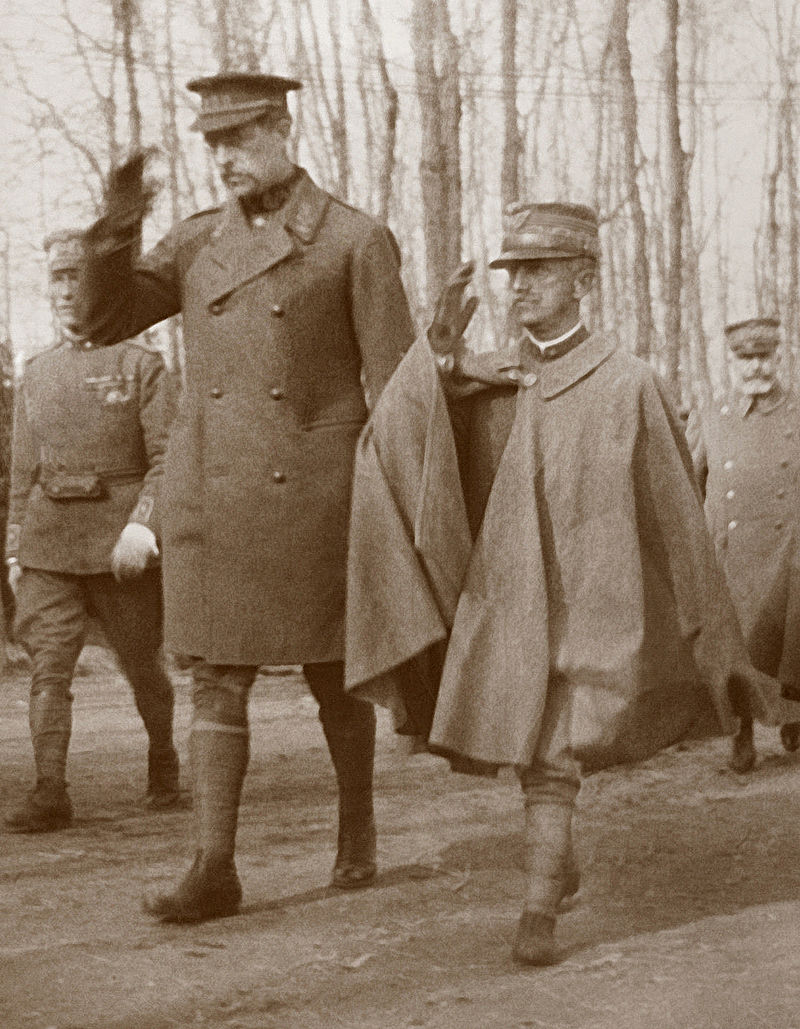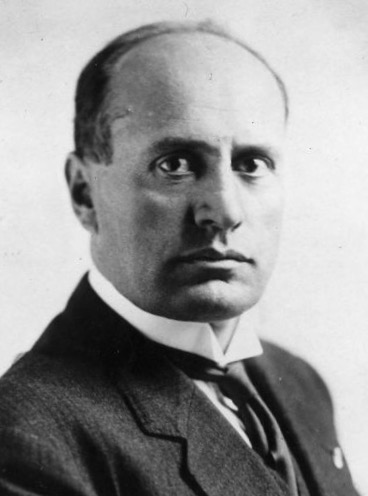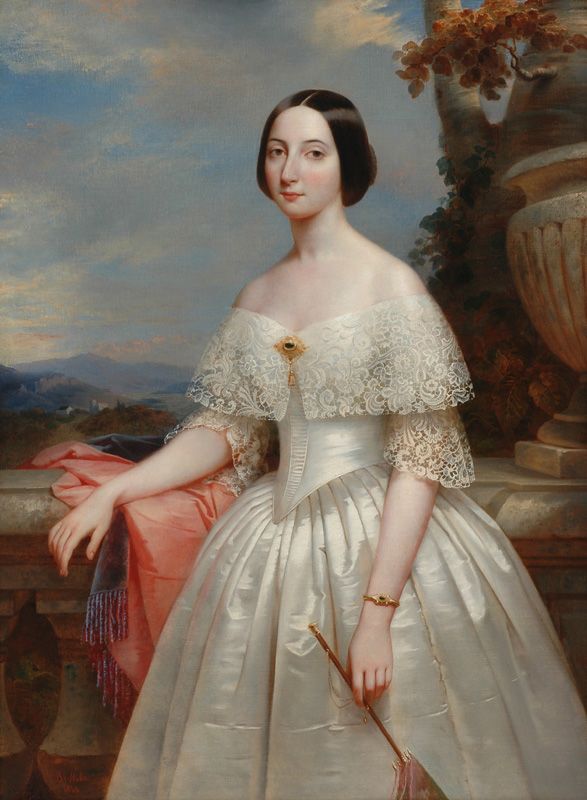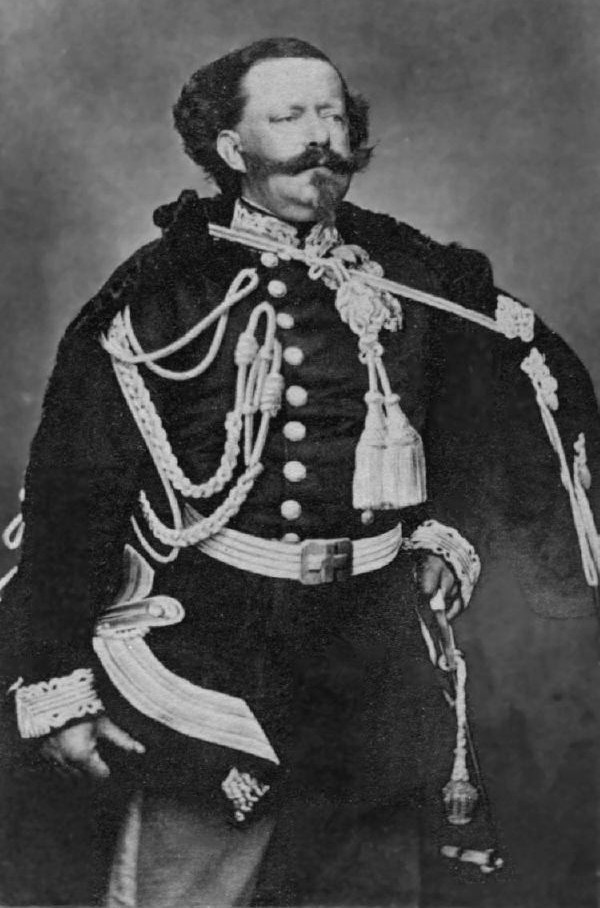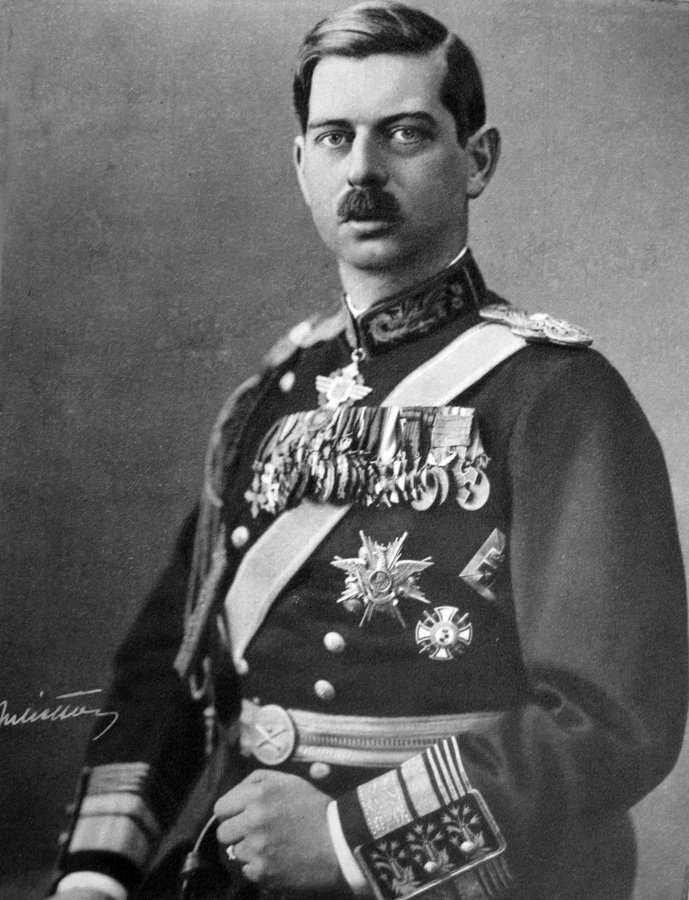by Scott Mehl
© Unofficial Royalty 2016

Elena of Montenegro, Queen of Italy – source: Wikipedia
Elena of Montenegro was the wife of King Vittorio Emanuele III of Italy, who reigned from 1900 until 1946. She was born on January 8, 1873, in Cetinje, Montenegro, the sixth of twelve children of King Nikola I of Montenegro and Milena Vukotić.
Elena had 11 siblings:
- Princess Zorka (1864 – 1890) – married King Peter I of Serbia, had five children
- Princess Milica (1866 – 1951) – also known as Militza, married Grand Duke Peter Nikolaevich of Russia, had four children
- Princess Anastasia (1868 – 1935) – also known as Stana, married (1) George, Duke of Leuchtenberg, had two children, divorced; (2) Grand Duke Nicholas Nikolaevich of Russia, no children
- Princess Marica (1869 – 1885) – unmarried
- Crown Prince Danilo Aleksandar (1871 – 1939) – married Duchess Jutta of Mecklenburg-Strelitz, no children
- Princess Ana (1874 – 1971) – married Prince Franz Joseph of Battenberg, no children
- Princess Sofiya (born and died1876) – died in infancy
- Prince Mirko Dimitri (1879 – 1918) – married Natalija Konstantinović, had five sons
- Princess Xenia (1881 – 1960) – unmarried
- Princess Vjera (1887 – 1927) – unmarried
- Prince Petar (1889 – 1932) – married Miss Violet Wegner
A shy and reserved child, Elena was brought up in Cetinje, Montenegro, and received a well-rounded education. She became fluent in several languages, developed a love of poetry and nature, and was well-versed in politics. Elena studied at the Smolny Institute in St. Petersburg, Russia, and published several poems in a Russian literary magazine.

Elena with her husband and four oldest children in 1908; source: Wikipedia
Soon, a marriage was arranged with Vittorio Emanuele (then the Prince of Naples), the only son of King Umberto I of Italy and Princess Margherita of Savoy. The couple married on October 24, 1896, in Rome. A civil ceremony was held at the Quirinal Palace followed by a religious ceremony at the Basilica of St. Mary of the Angels and Martyrs. Elena, raised in the Eastern Orthodox faith, converted to Catholicism before the marriage. Elena’s conversion greatly distressed her mother and she refused to attend the wedding.
Elena and Vittorio Emanuele had five children:
- Princess Yolanda (1901 – 1986) – married Giorgio Carlo Calvi, Count of Bergolo, had issue
- Princess Mafalda (1902 – 1944) – married Prince Philipp of Hesse, had issue, died in Buchenwald, a Nazi concentration camp
- King Umberto II of Italy (1904 – 1983) – married Princess Marie José of Belgium, had issue
- Princess Giovanna (1907 – 1943) – married Tsar Boris III of Bulgaria, had issue
- Princess Maria Francesca (1914 – 2001) – married Prince Luigi of Bourbon-Parma, had issue

Elena and Vittorio Emanuele arriving at the Expo for the 50th Anniversary of the Unification of Italy, 1911. source: Wikipedia
Elena quickly became a great support to her husband and a favorite of the Italian people. She focused on helping those in need in her new country. After the 1908 Messina earthquake, Elena was photographed working with the rescuers. She served as the First Inspector of the Voluntary Nurses for the Italian Red Cross from 1911-1921 and worked as a nurse during World War I. Along with her mother-in-law, she established hospitals at Quirinal Palace and Villa Margherita. Queen Elena is often credited with ‘inventing’ the signed photograph, which she had sold to raise funds for the war effort and medical care for the Italian forces.
Over the next fifty years, she would provide funding for numerous charitable institutions and hospitals to help the sick, injured soldiers, and impoverished mothers. Having studied medicine, she became a strong advocate for improved medical treatments and promoted better training for doctors and research into fighting numerous diseases.

Queen Elena, 1933. source: Wikipedia
In the midst of World War II, her husband, having initially supported the Fascist movement, found himself lacking the confidence of the Italian people. Despite having transferred much of his power to their son in 1944, it became necessary for him to step down from the throne in an attempt to save the monarchy. King Vittorio Emanuele III abdicated on May 9, 1946, hoping that a new King, his son Umberto II, would bring support for continuing the monarchy in an upcoming referendum. However, his son would only reign for several weeks before Italy became a Republic in an overwhelming vote.
After the abdication, Vittorio Emanuele and Elena went into exile, settling in Alexandria, Egypt, at the invitation of King Farouk of Egypt. Vittorio Emanuele died in Alexandria in 1947, and in 1950, Elena moved to Montpellier, France, to undergo treatment for cancer. Living at the Metropole Hotel, Queen Elena died of a pulmonary embolism on November 28, 1952. She was buried in the Montpellier Municipal Cemetery. In December 2017, her remains were quietly moved to the San Bernardo chapel in the Sanctuary of Vicoforte in Italy.

Tombs of Victor Emmanuel III of Italy and Elena of Montenegro; Credit – By Fabio Daziano – Own work, CC BY-SA 4.0, https://commons.wikimedia.org/w/index.php?curid=64991612
This article is the intellectual property of Unofficial Royalty and is NOT TO BE COPIED, EDITED, OR POSTED IN ANY FORM ON ANOTHER WEBSITE under any circumstances. It is permissible to use a link that directs to Unofficial Royalty.
Italy Resources at Unofficial Royalty




